Description

1. Real – world Case
In a smart building automation project, the D20 – EME was employed to manage and control the energy consumption of a large commercial office complex. The building had multiple floors with various electrical systems, including lighting, HVAC (Heating, Ventilation, and Air Conditioning), and elevator systems.
One day, during a hot summer afternoon, the building’s energy demand was approaching its peak limit. The D20 – EME, which was connected to a network of energy meters and sensors throughout the building, continuously monitored the energy usage of each system.
It detected that the HVAC system was consuming a significant amount of energy to maintain the indoor temperature. The D20 – EME analyzed the real – time data and the pre – set energy management strategies. It then sent commands to the HVAC control system to adjust the temperature setpoints slightly and optimize the fan speed.
At the same time, it also dimmed the non – essential lighting in some areas of the building based on the occupancy sensors’ data. As a result, the overall energy consumption of the building was reduced by 15% during that peak period without significantly affecting the comfort of the building’s occupants. This not only saved energy costs but also helped the building to meet its energy – saving targets.
2. Applications
- Smart Buildings: As shown in the above case, it is used for energy management in commercial buildings, residential complexes, and industrial facilities. It can control and optimize the energy consumption of various electrical systems, such as lighting, HVAC, and power outlets.
- Industrial Energy Management: In industrial plants, the D20 – EME can be used to monitor and control the energy consumption of manufacturing equipment, motors, and other power – consuming devices. It helps to reduce energy waste and improve the overall energy efficiency of the production process.
- Renewable Energy Systems: For solar power plants, wind farms, and other renewable energy systems, the D20 – EME can be used to manage the power generation, storage, and distribution. It can ensure the stable operation of the renewable energy systems and optimize the use of the generated energy.
3. Weight and Dimensions
- Weight: The D20 – EME weighs approximately 0.8 kg. Its relatively light weight makes it easy to install and handle, especially when mounting it on electrical panels or control cabinets.
- Dimensions: It has dimensions of about 120 mm in length, 80 mm in width, and 30 mm in height. These compact dimensions allow it to be easily installed in limited spaces, such as in electrical enclosures.
4. Features
- Multi – System Monitoring and Control: The D20 – EME can monitor and control multiple electrical systems simultaneously. It can collect data from various energy meters, sensors, and control devices, and then make comprehensive decisions to optimize energy consumption.
- Advanced Energy Management Algorithms: It is equipped with advanced energy management algorithms that can analyze the real – time energy data and the historical usage patterns. Based on this analysis, it can develop and implement energy – saving strategies, such as load shedding, peak shaving, and demand response.
- User – Friendly Interface: It has a user – friendly interface that allows users to easily configure the energy management settings, view the energy consumption data, and set up alarms and notifications. This makes it convenient for building managers and operators to use.
5. Stability and Reliability
- Robust Design: The D20 – EME is built with a durable housing that provides protection against dust, moisture, and electrical interference. This makes it suitable for use in harsh industrial and building environments.
- Redundant Power Supply: Some models of the D20 – EME may have a redundant power supply. In case of a power failure, the redundant power source can ensure the continuous operation of the device, preventing data loss and system downtime.
- Error – Detection and Self – Recovery: It has built – in error – detection mechanisms that can detect and diagnose faults in real – time. It can also perform self – recovery operations, such as restarting a malfunctioning module or switching to a backup communication path, to maintain system stability.
6. Parameter Specifications
- Power Supply: It operates on a 12 – 24V DC power supply, with an allowable voltage range of 10.8V to 26.4V. This wide voltage range ensures stable operation even in the presence of power fluctuations.
- Communication Interface: It supports communication via Ethernet, Modbus RTU, and other common communication protocols. This allows it to communicate with other devices in the energy management system, such as energy meters, sensors, and control panels.
- Data Storage Capacity: It has a built – in data storage capacity of up to 1 GB, which can store the historical energy consumption data for a long period. This data can be used for energy analysis and reporting.
- Input/Output Channels: It has multiple digital input and output channels, which can be used to connect to various sensors and control devices. The number of channels can be configured according to the specific application requirements.



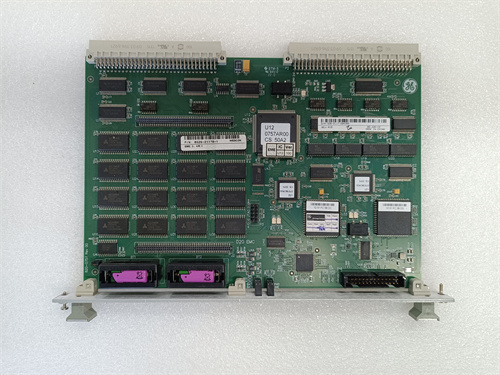
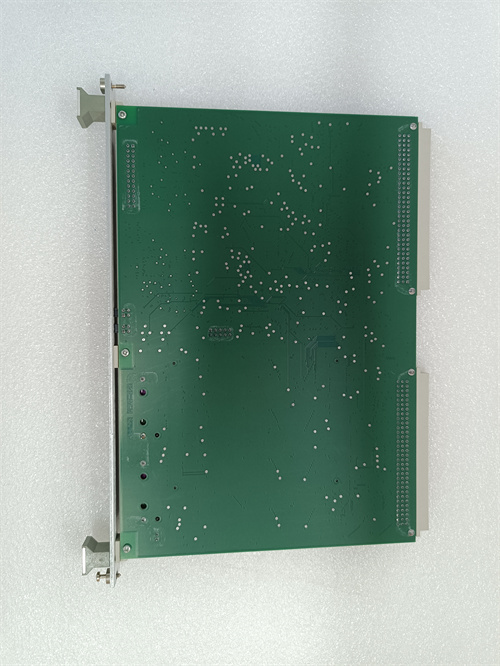
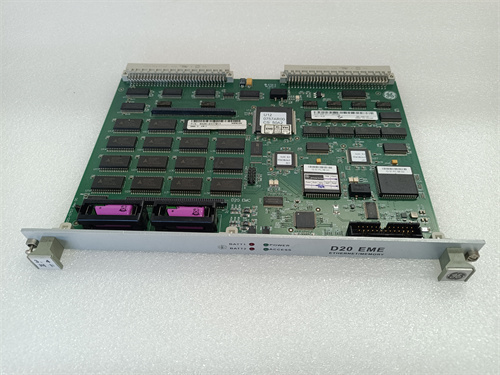
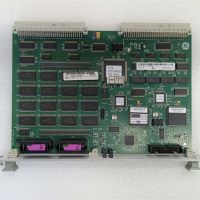

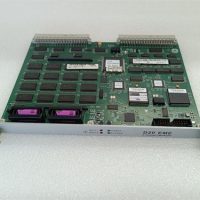
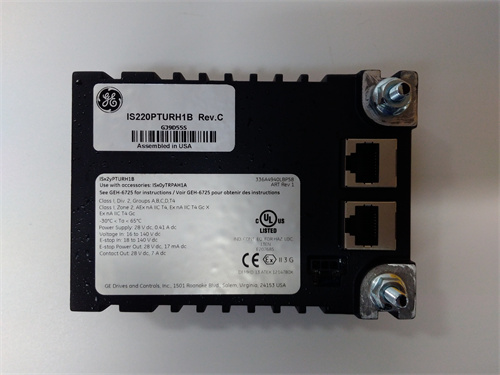

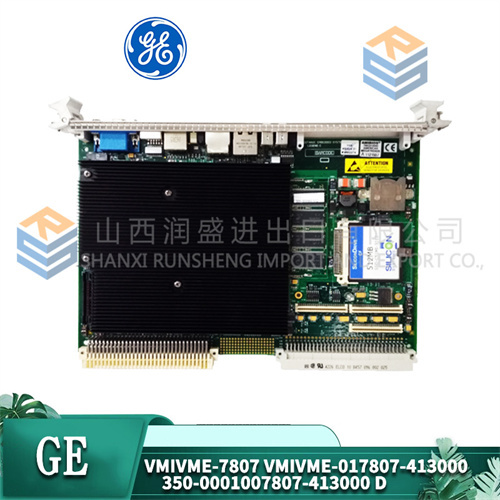
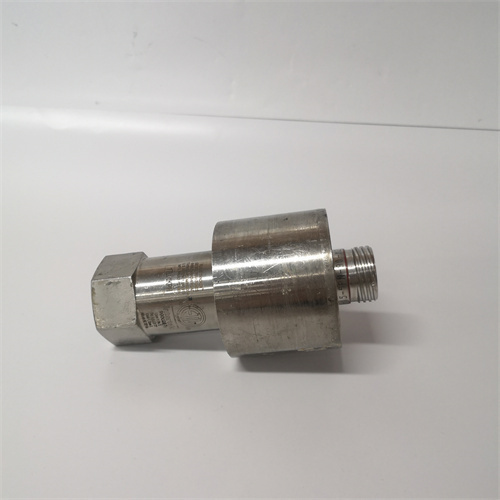
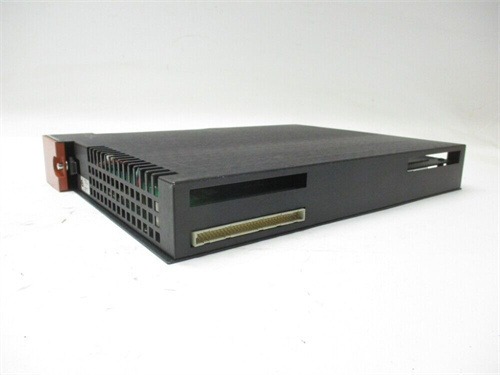
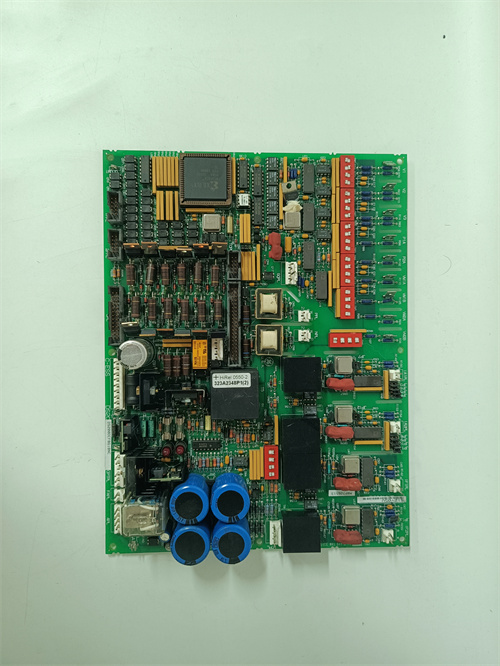
Reviews
There are no reviews yet.